Mapplethorpe unseen: archival works go on display at Getty Centre and LACMA
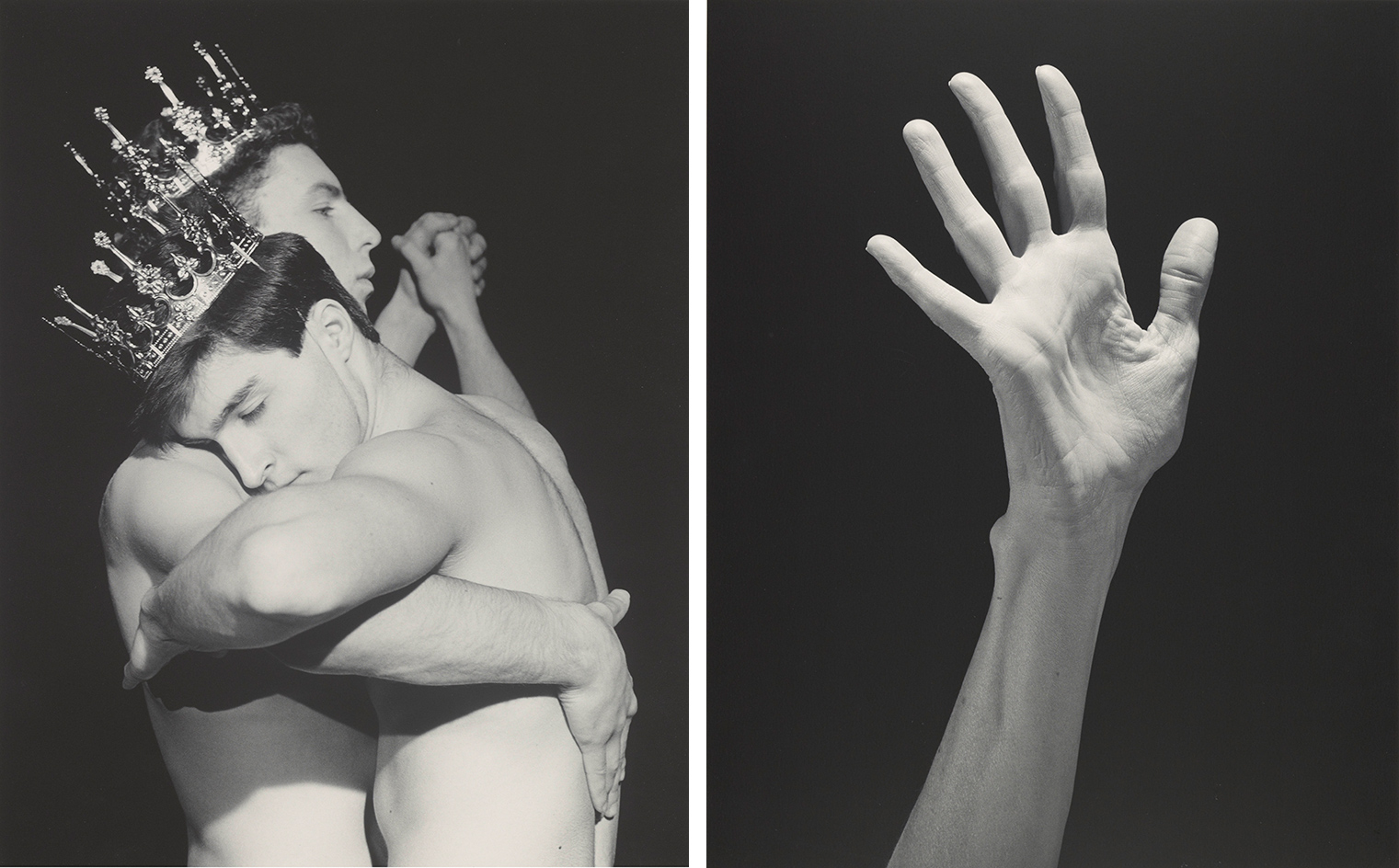
Robert Mapplethorpe never intended to become a photographer – and he didn’t want to be known as one.
Instead, he hoped to create a broad visual language, with his camera pointed in many directions. He made drawings, sets, mixed media collages, moving image works and sculptures, in addition to the explosive photographic works that he began making in the 1960s, exploring the unexpected in New York’s underground scenes and documenting the city’s socialites. In his notable black and white studio works – whether still-lifes of flowers, nudes, portraits and self-portraits – Mapplethorpe’s vision of ‘perfection in form’ is electrifying. Among his prescient contributions to American culture was the challenge his work presented to public censorship and conservatism, catalysing wide debate on what should be defined as obscene.
An impressive retrospective of Mapplethorpe’s work, 'The Perfect Medium' (until 31 July 2016), opens at two prominent Los Angeles institutions this week. The largest exhibition of Mapplethorpe’s archive and images to date – presented at the J Paul Getty Museum’s Getty Center and the Los Angeles County Museum of Art – traces the impact and legacy of one of America’ most influential artists.
The exhibition has been almost three years in the works. Britt Salvesen, curator of the exhibit at LACMA, explains the immense task of curating an exhibition on this scale: 'Paul Martineau [of the Getty] and I went through the editioned body of work (1,969 prints) and arrived at a long list of around 350 images. We then developed our exhibition checklists independently. When we reconvened, we discovered only a few overlaps, which were easily negotiated. We feel the two exhibitions represent different facets of Mapplethorpe's art and persona, while cumulatively indicating the range of his work and the depth of the archive.'
At the LACMA, large-scale colour prints from the mid-1980s and moving-image works from 1978 and 1984 give an idea of the development of Mapplethorpe’s practice and his technical mastery, while earlier works show the breadth of his inquiry as an artist, and his remarkable sensitivity.
At the Getty, meanwhile, lesser-known works such as Mapplethorpe’s small portraits of New York art dealers are among the highlights, as well as sections dedicated to his early portraits, the sculptural body, Lisa Lyon, Mapplethorpe’s studio practice, the shaping of his legacy, his flowers, and his controversial retrospective exhibition 'The Perfect Moment'.
'One of the things I find exciting is that it gives us the opportunity to reevaluate Mapplethorpe’s work based on a much greater access to the materials,' says Getty Curator Paul Martineau. 'Since we acquired the archive and artwork from the Robert Mapplethorpe Foundation we have pretty much everything there is to have on Mapplethorpe. The ability to put things on view that haven’t been seen before, the ability to do research at the GRI [Getty Research Institute] and uncover new information makes it a really rich experience.'
There is, unavoidably, a melancholic atmosphere around Mapplethorpe’s works – AIDS cut his life tragically short in 1989. He was 42. 'This exhibition, occurring 25 years after the Culture Wars controversy, reminds us to commemorate the many people lost to AIDS, to celebrate advances in civil rights, and to value freedom of expression,' concludes Salvesen.
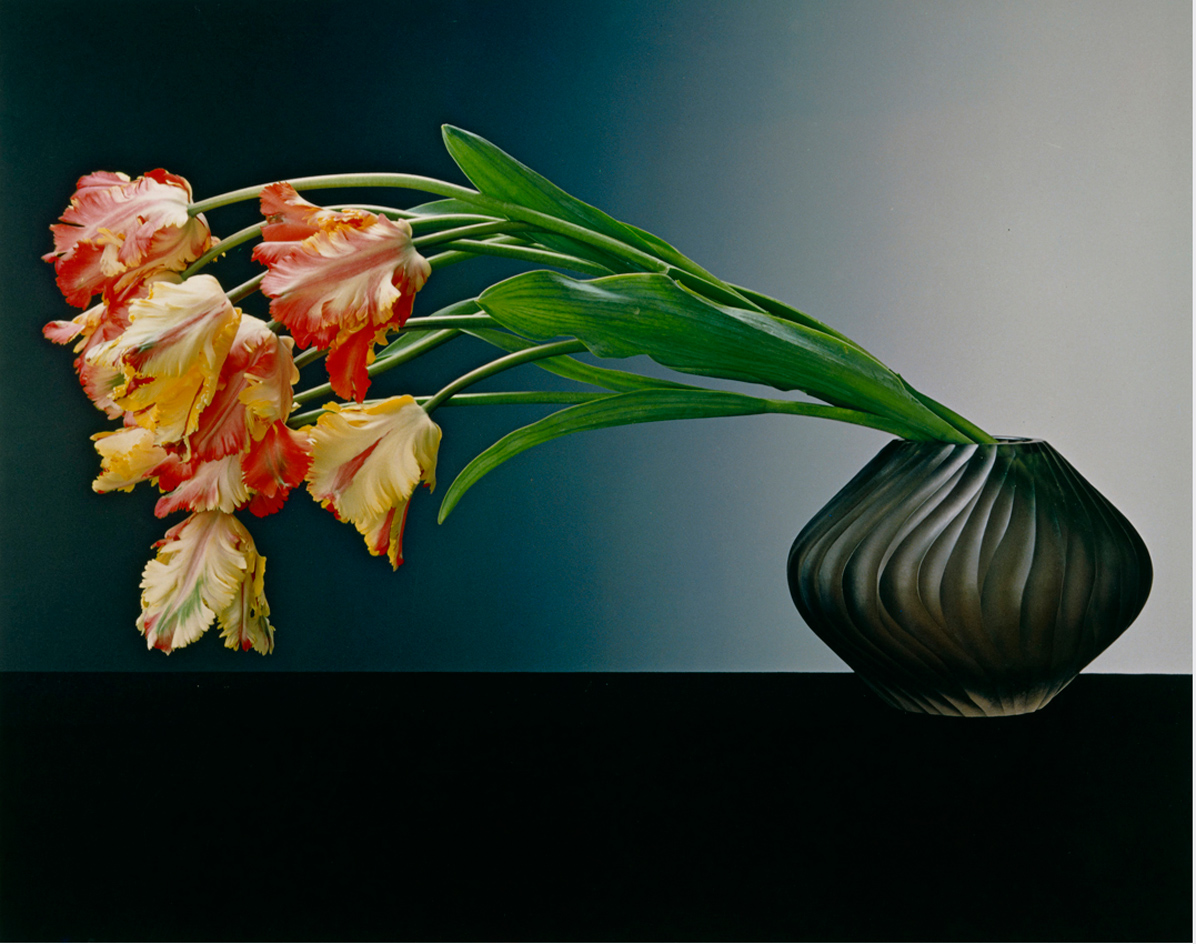
At the LACMA, large-scale colour prints from the mid-1980s, and moving-image works from 1978 and 1984 give an idea of the development of Mapplethorpe’s practice and his technical mastery... Pictured: Parrot Tulips, 1988
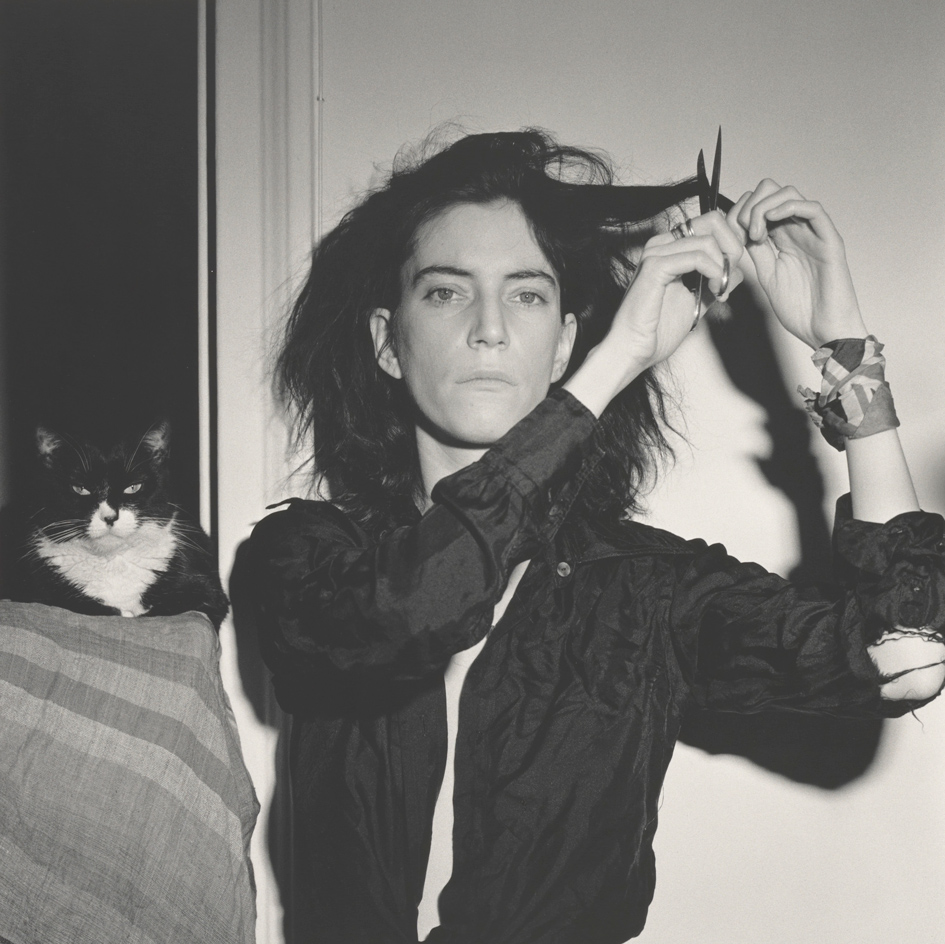
... while earlier works show the breadth of his inquiry as an artist, and his remarkable sensitivity. Pictured: Patti Smith, 1978
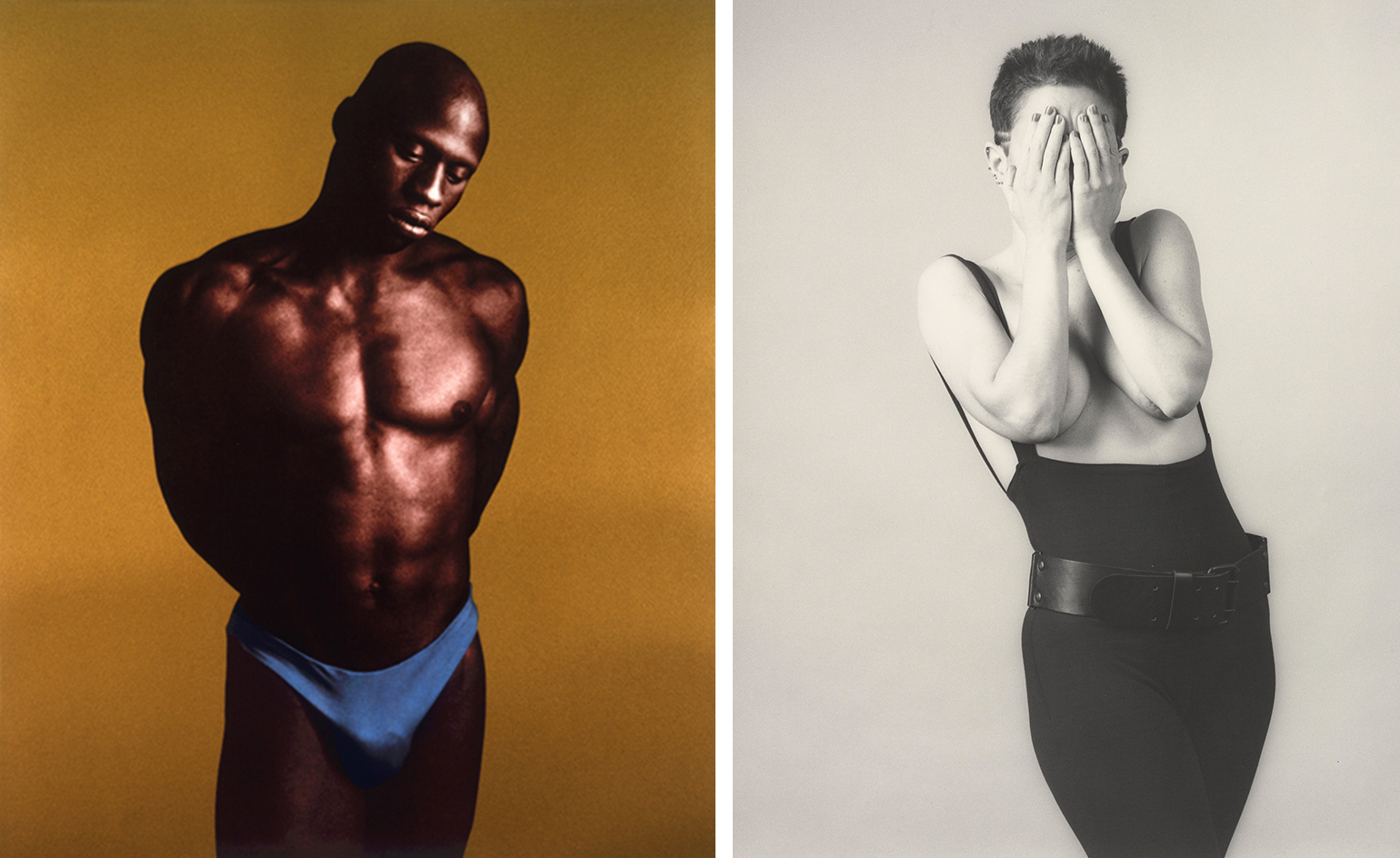
At the Getty, meanwhile, there are sections dedicated to his early portraits, the sculptural body and Lisa Lyon. Pictured left: Ken Moody, 1985. Right: Kathy Acker, 1983
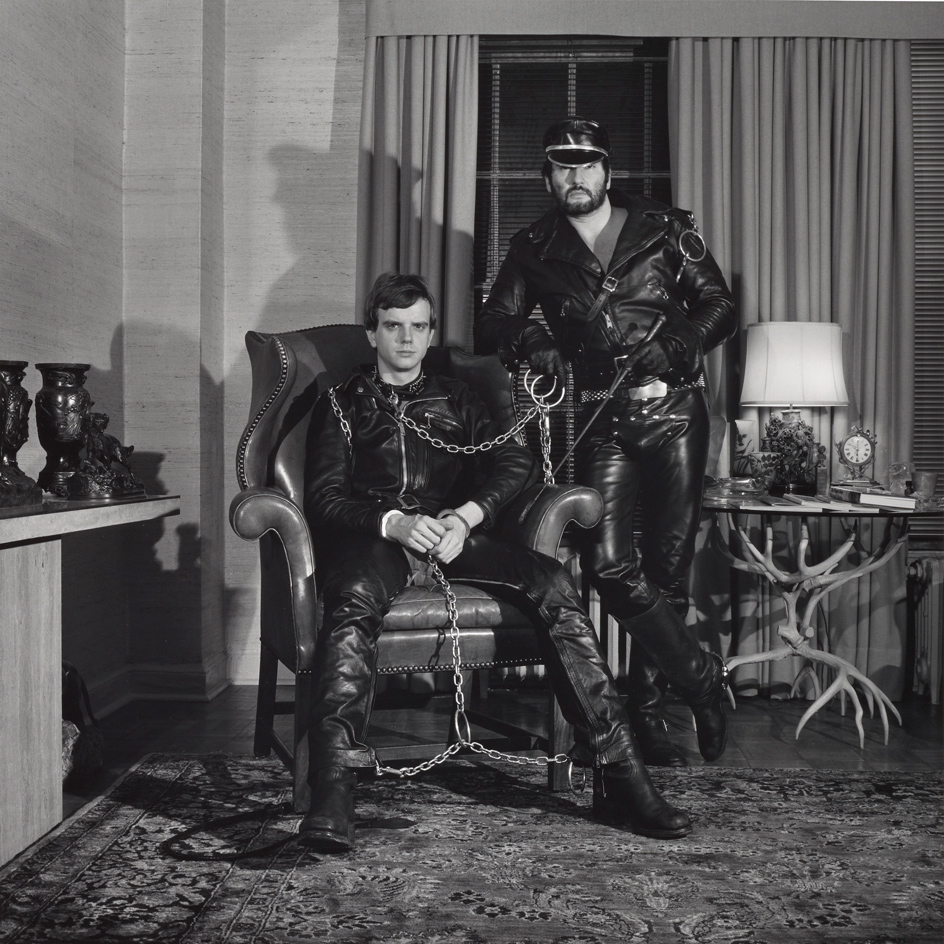
Getty Curator Paul Martineau says, 'One of the things I find exciting is that it gives us the opportunity to reevaluate Mapplethorpe’s work based on a much greater access to the material'. Pictured: Brian Ridley and Lyle Heeter, 1979
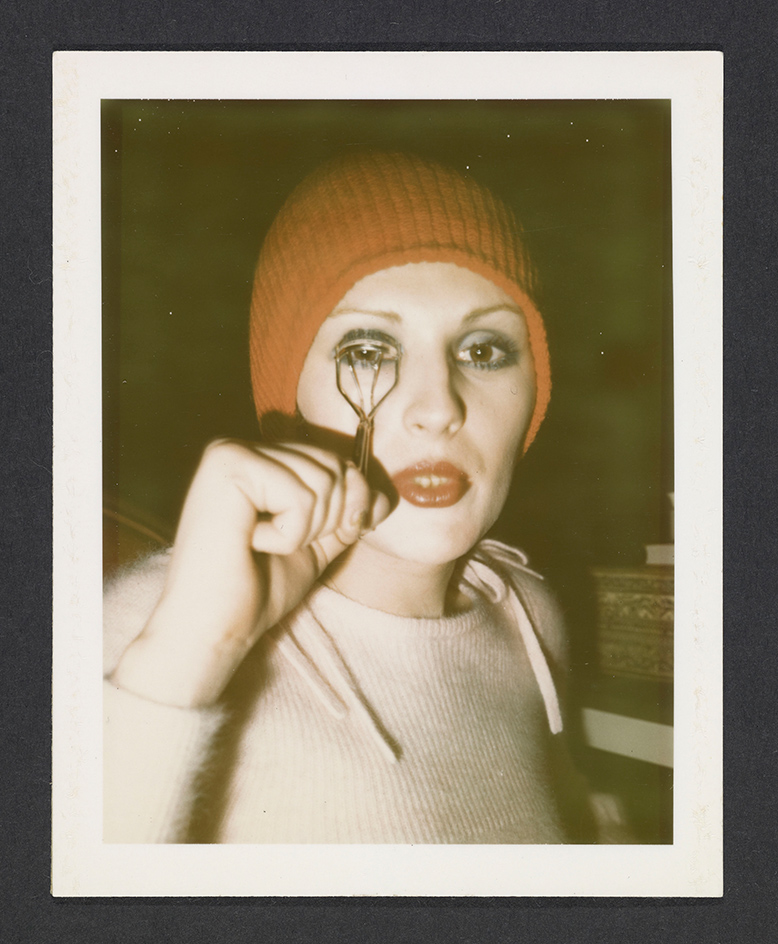
Martineau continues, 'The ability to put things on view that haven’t been seen before, the ability to do research at the GRI [Getty Research Institute] and uncover new information makes it a really rich experience.' Pictured: Candy Darling, 1972
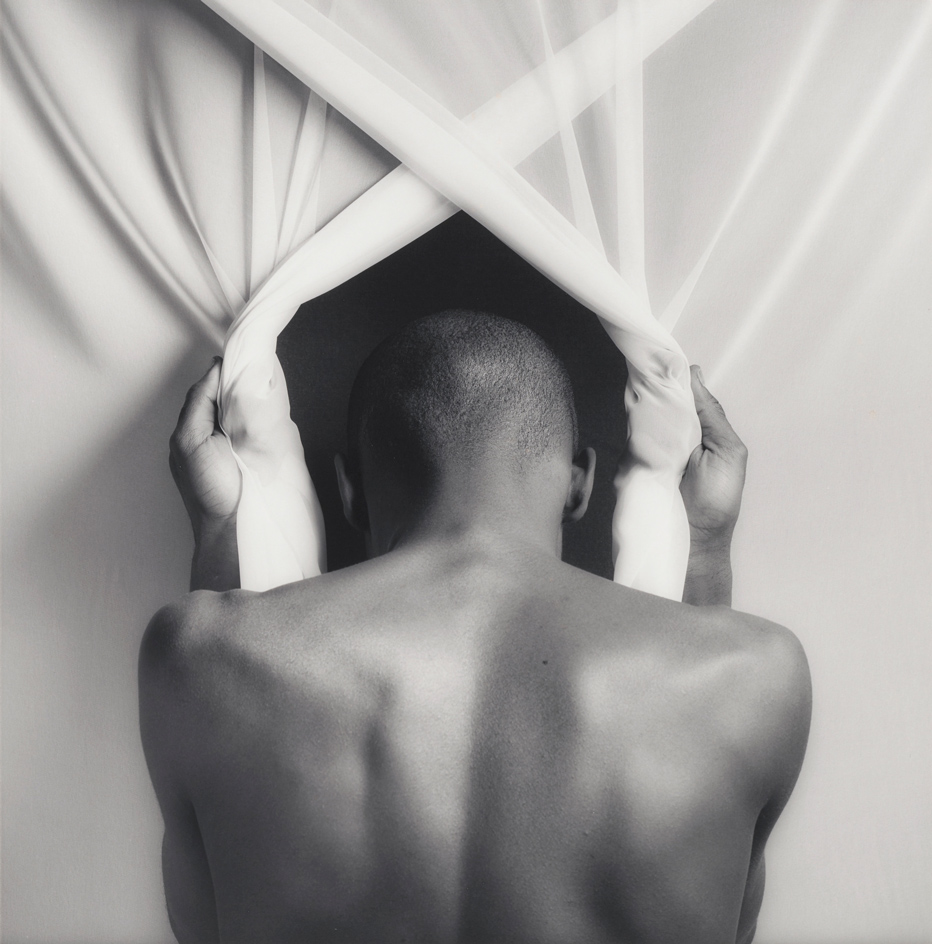
Phillip Prioleau, 1982
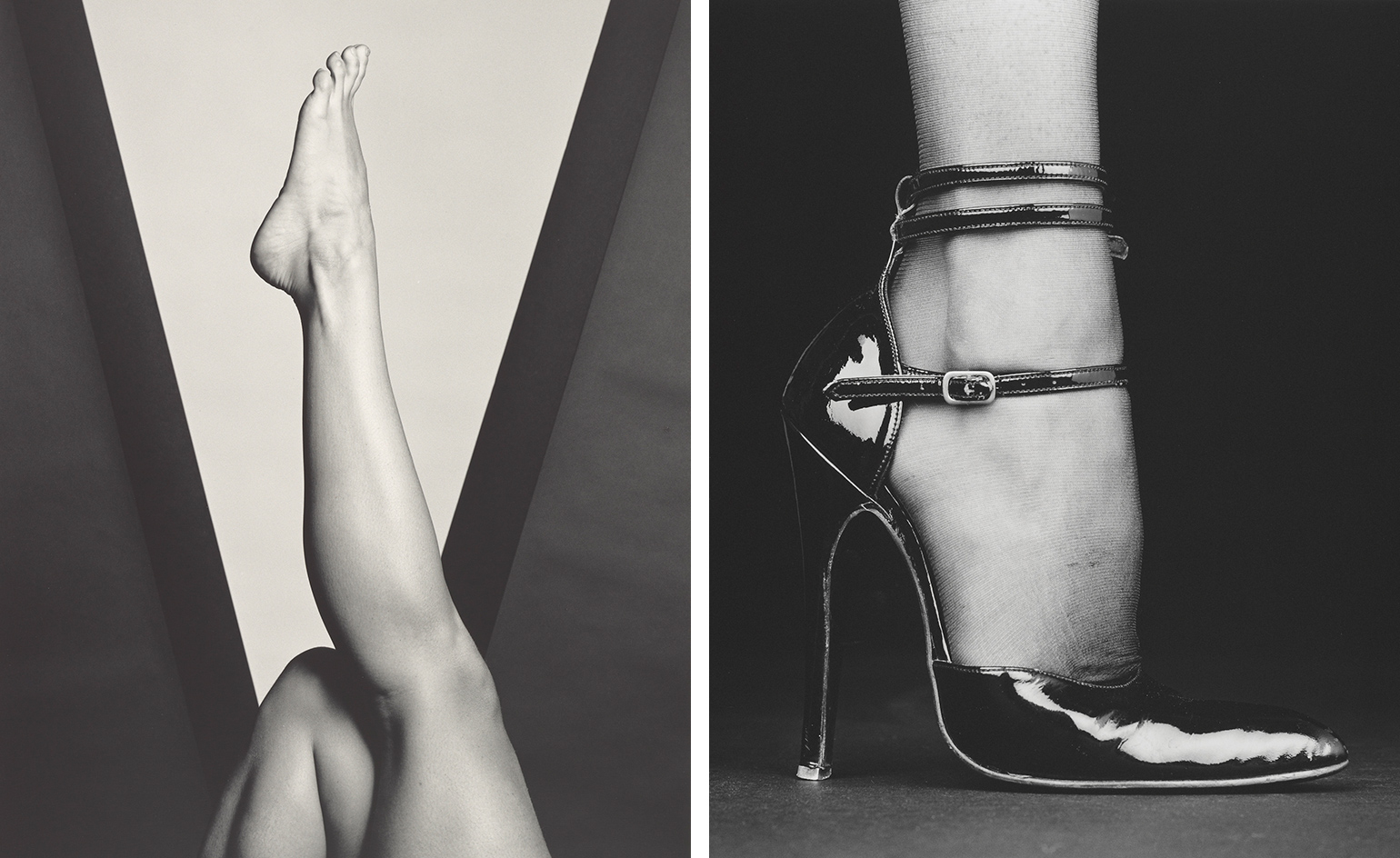
Pictured left: Lisa Lyon, 1981. Right: Melody (Shoe), 1987
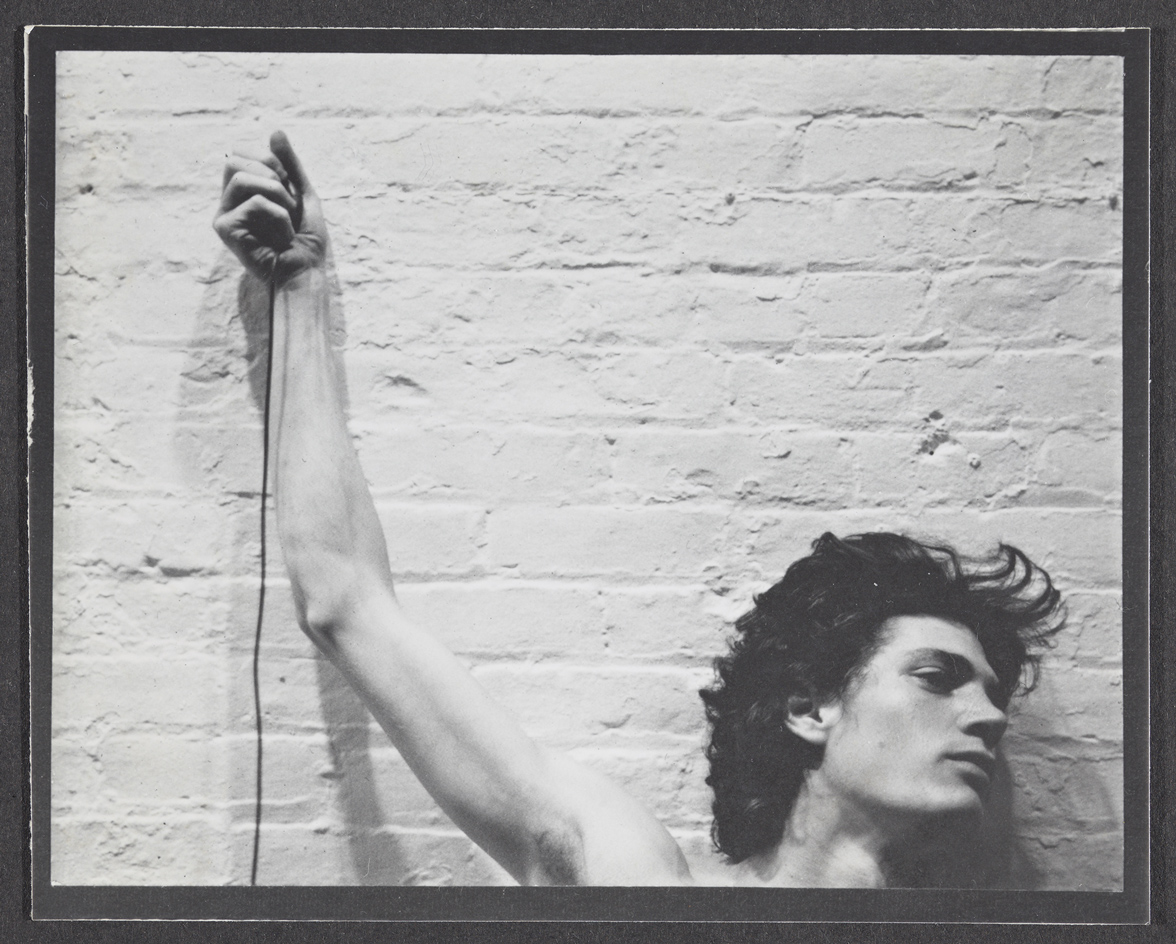
There is a melancholic atmosphere around Mapplethorpe’s works – AIDS cut his life tragically short in 1989, when he was just 42. Pictured: Self-portrait of Robert Mapplethorpe with trip cable in hand, 1974
INFORMATION
’The Perfect Medium’ is on view at both institutions until 31 July 2016. For more information, visit the Getty Center’s website and the LACMA’s website
ADDRESS
Los Angles County Musem of Art
5905 Wilshire Blvd
Los Angeles, CA 90036
J Paul Getty Museum
1200 Getty Center Drive
Los Angeles, CA 90049
Receive our daily digest of inspiration, escapism and design stories from around the world direct to your inbox.
Charlotte Jansen is a journalist and the author of two books on photography, Girl on Girl (2017) and Photography Now (2021). She is commissioning editor at Elephant magazine and has written on contemporary art and culture for The Guardian, the Financial Times, ELLE, the British Journal of Photography, Frieze and Artsy. Jansen is also presenter of Dior Talks podcast series, The Female Gaze.
-
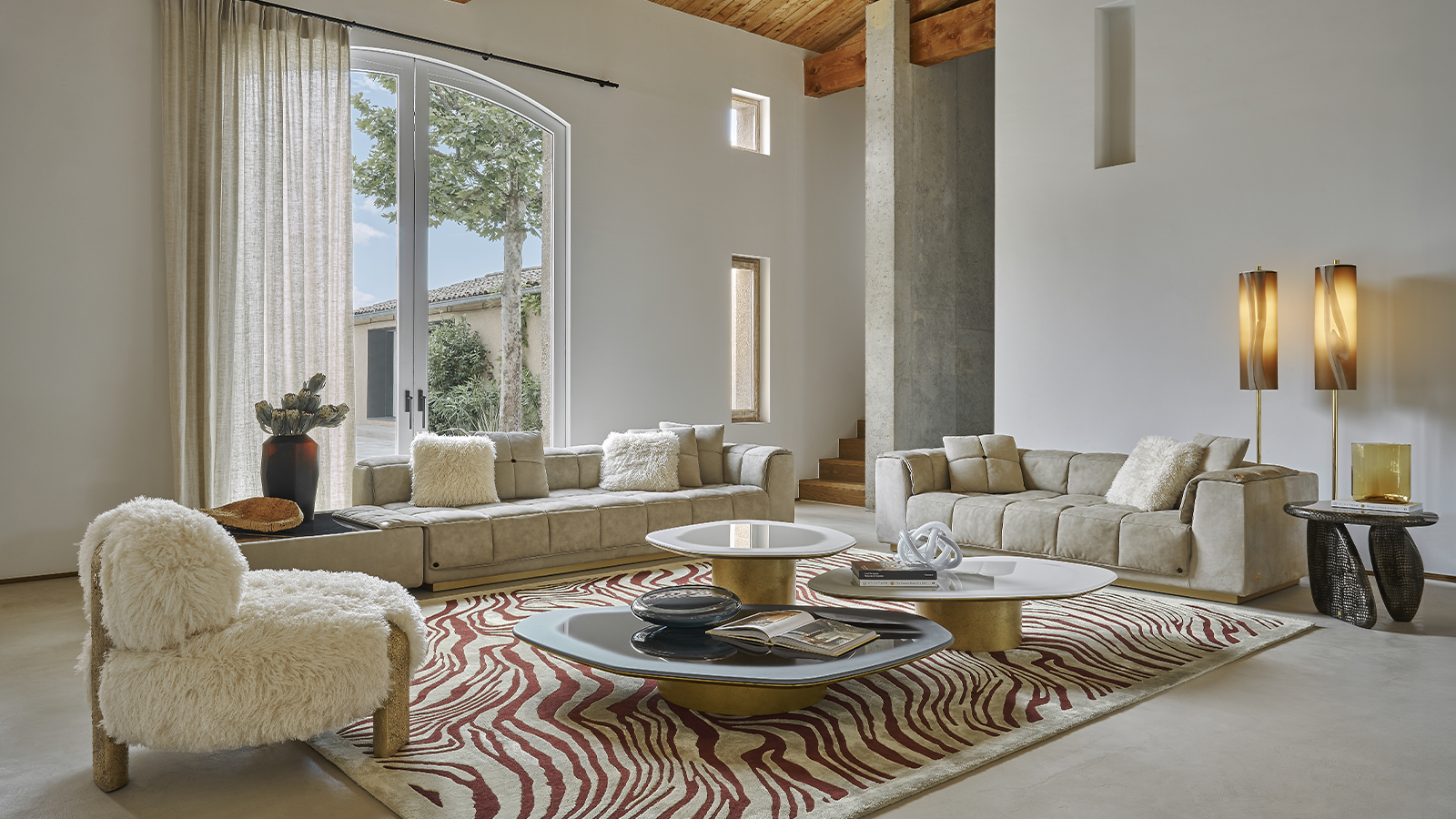 Roberto Cavalli Home Interiors’ new collection evokes the glamour of a luxury resort
Roberto Cavalli Home Interiors’ new collection evokes the glamour of a luxury resortAs the brand unveils its sensual ‘Savage Serenity’ collection, creative director Fausto Puglisi tells us why design ‘must seduce, provoke and empower’
-
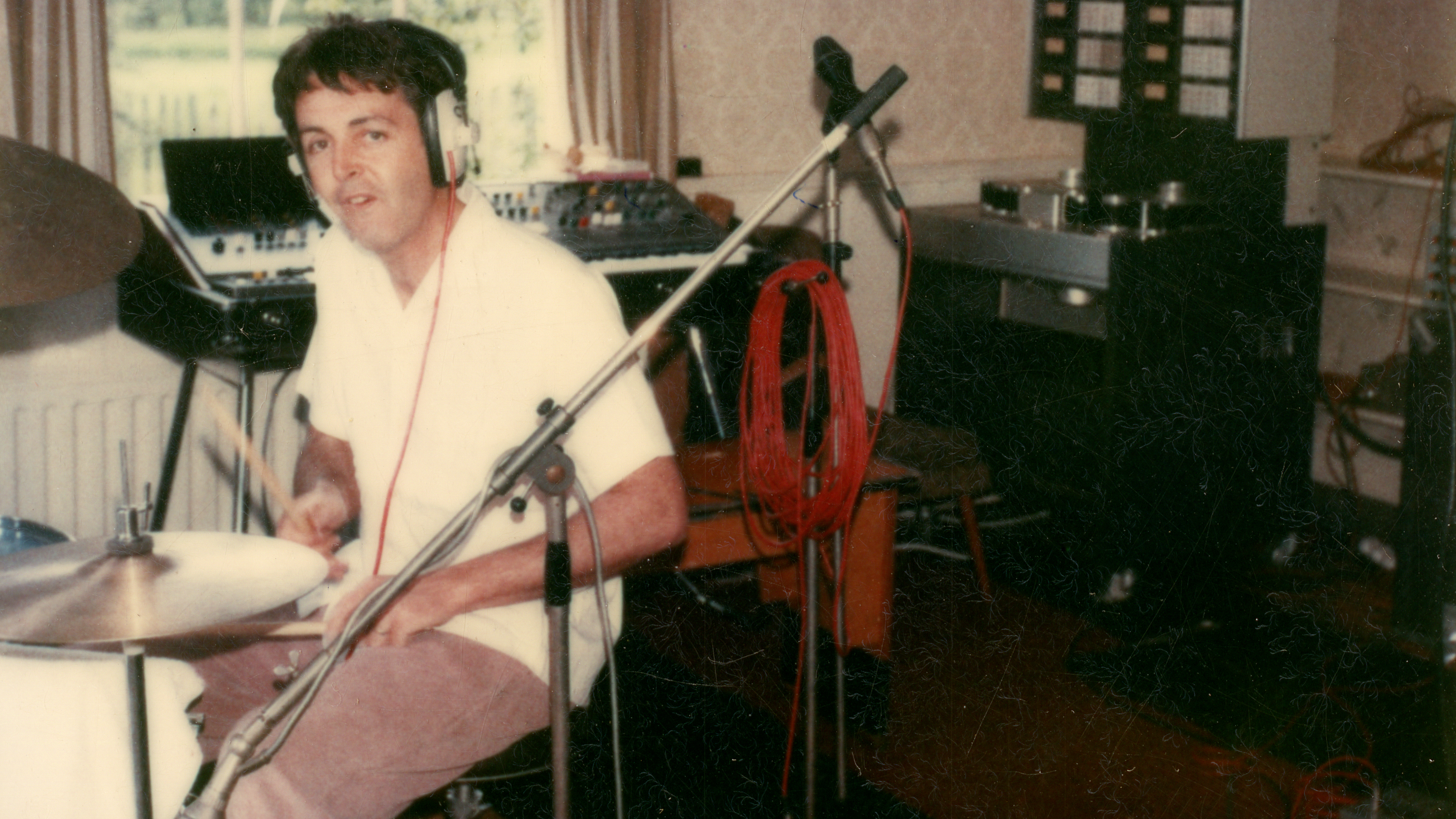 A new book on Paul McCartney’s 1970s band Wings documents an inside story of resilience and family
A new book on Paul McCartney’s 1970s band Wings documents an inside story of resilience and family'It's a story about a family as well as one about a very famous musician', says author Ted Widmer
-
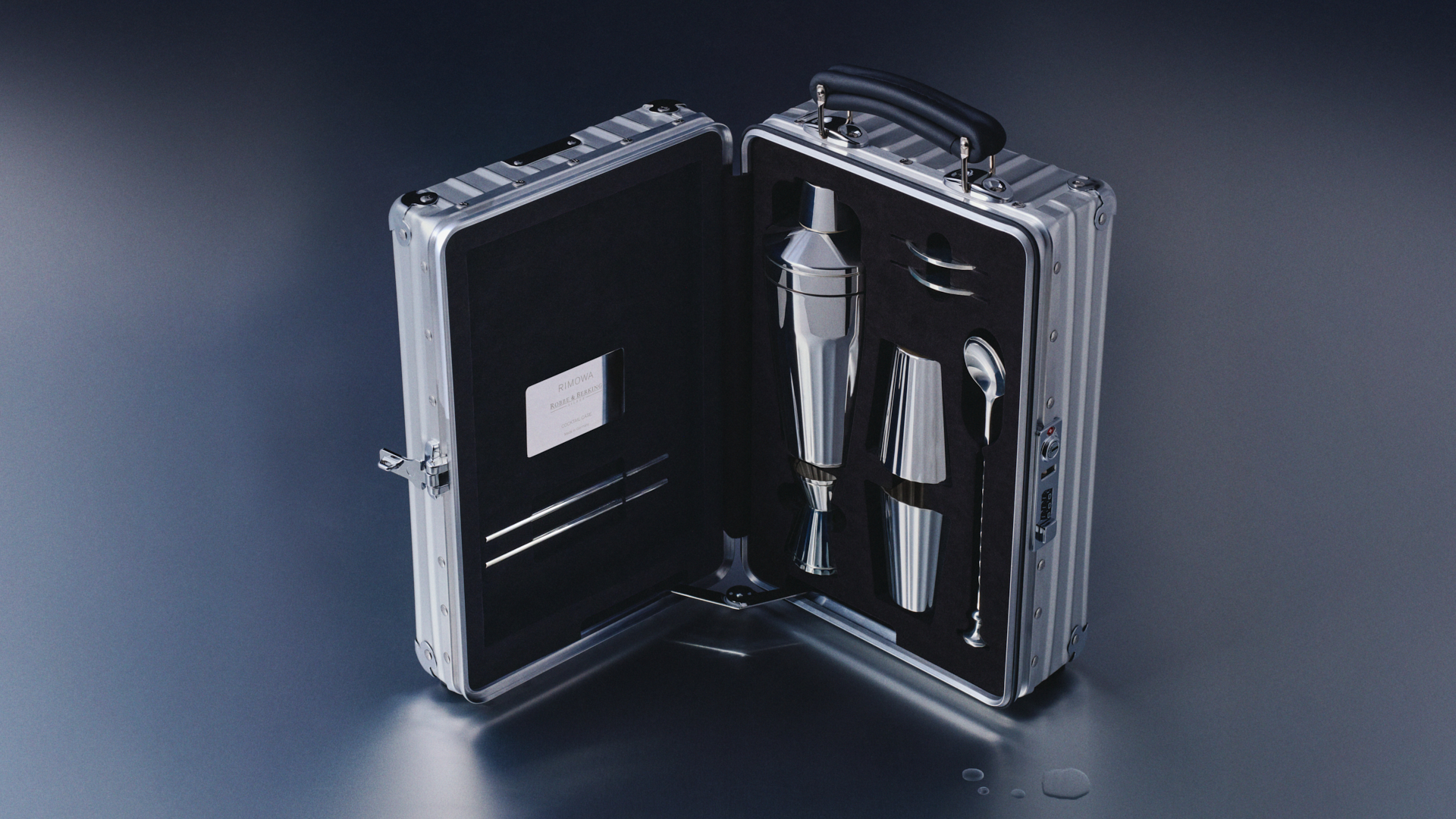 Rimowa launches limited edition cocktail case in collaboration with Robbe & Berking
Rimowa launches limited edition cocktail case in collaboration with Robbe & BerkingGerman engineering meets exquisite craftsmanship and a whole lot of fun in this travel cocktail kit
-
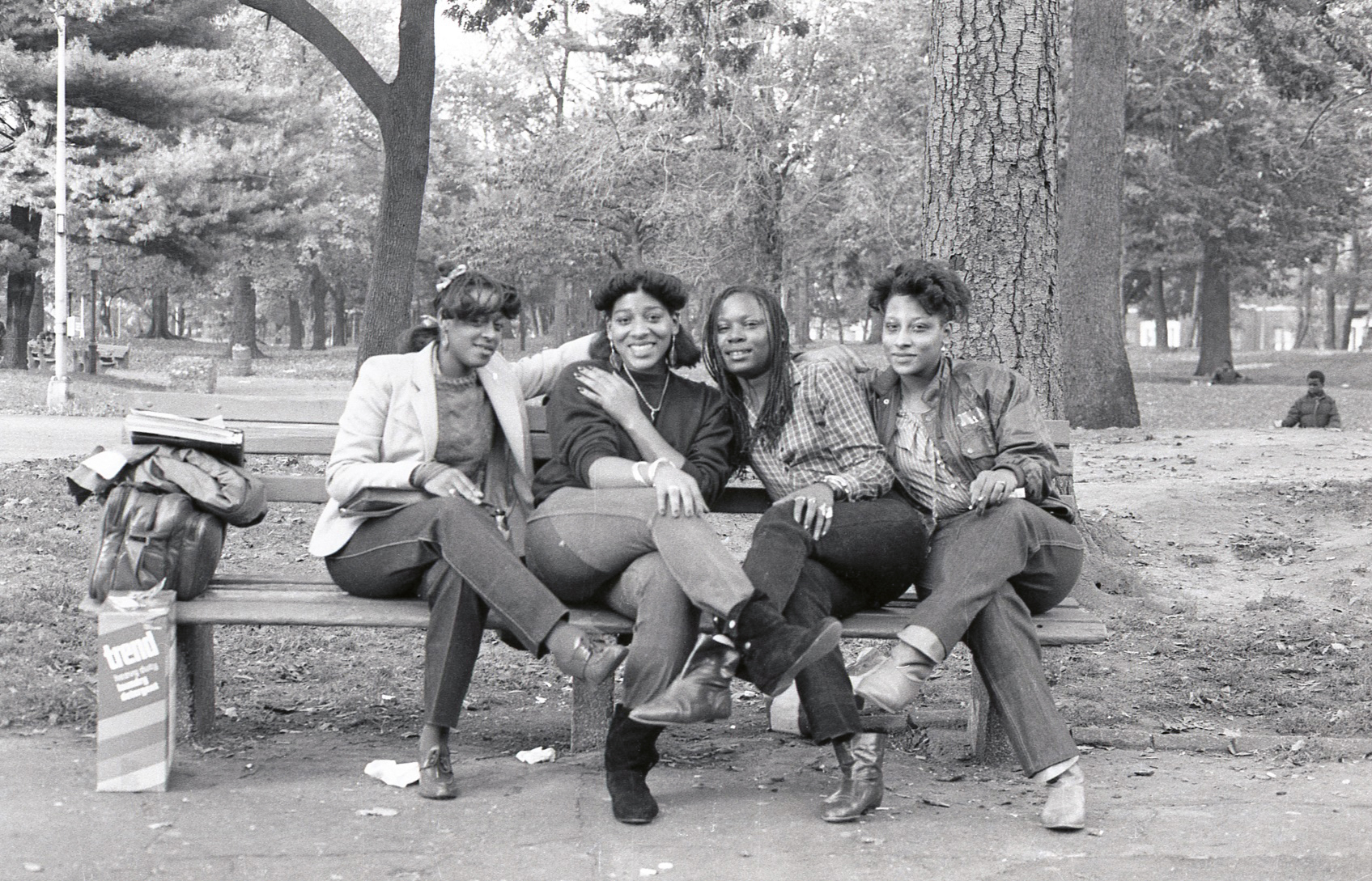 Jamel Shabazz’s photographs are a love letter to Prospect Park
Jamel Shabazz’s photographs are a love letter to Prospect ParkIn a new book, ‘Prospect Park: Photographs of a Brooklyn Oasis, 1980 to 2025’, Jamel Shabazz discovers a warmer side of human nature
-
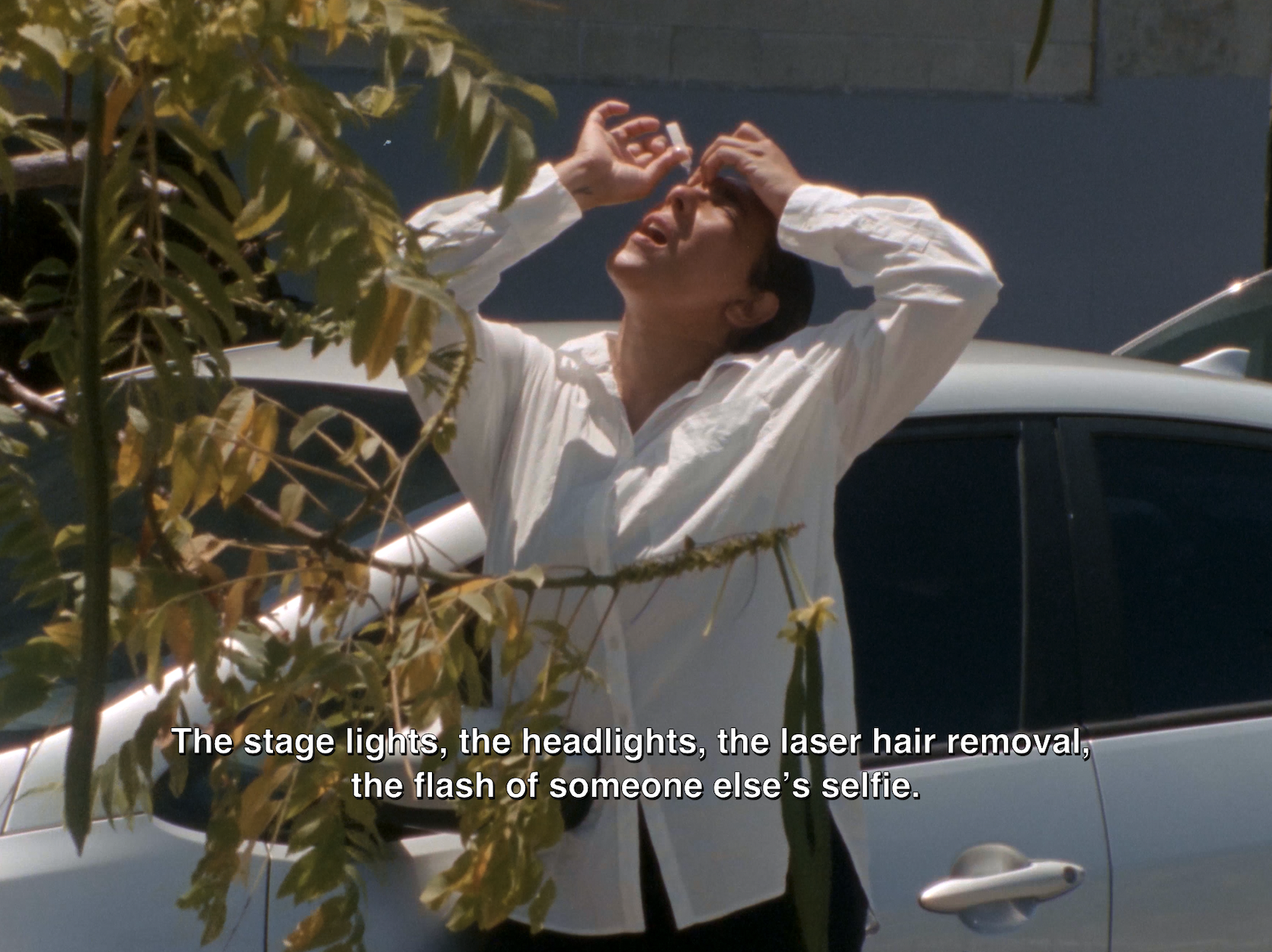 The Hammer Museum in Los Angeles launches the seventh iteration of its highly anticipated artist biennial
The Hammer Museum in Los Angeles launches the seventh iteration of its highly anticipated artist biennialOne of the gallery's flagship exhibitions, Made in LA showcases the breadth and depth of the city's contemporary art scene
-
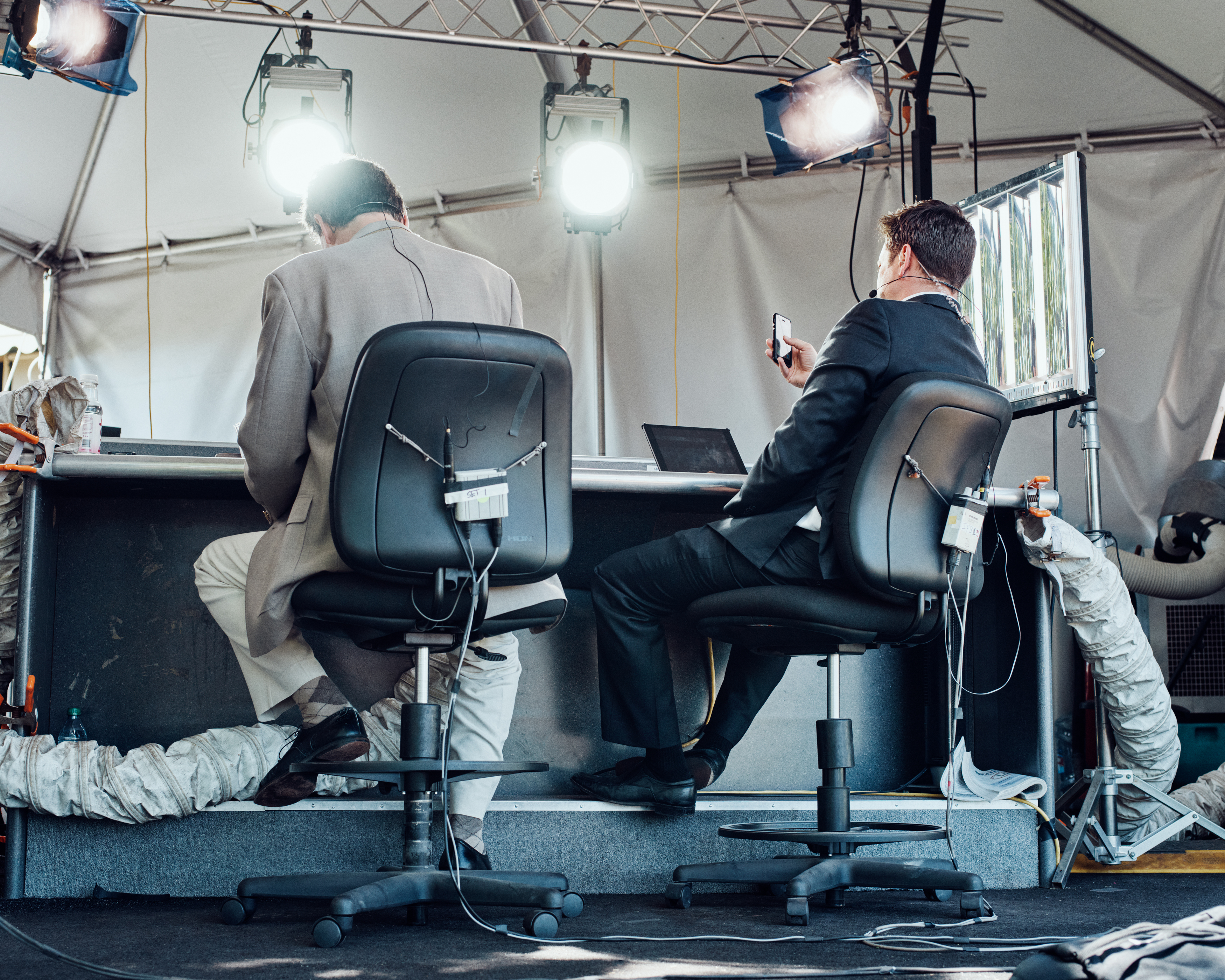 Thomas Prior’s photography captures the uncanny fragility of American life
Thomas Prior’s photography captures the uncanny fragility of American lifeA new book unites two decades of the photographer’s piercing, uneasy work
-
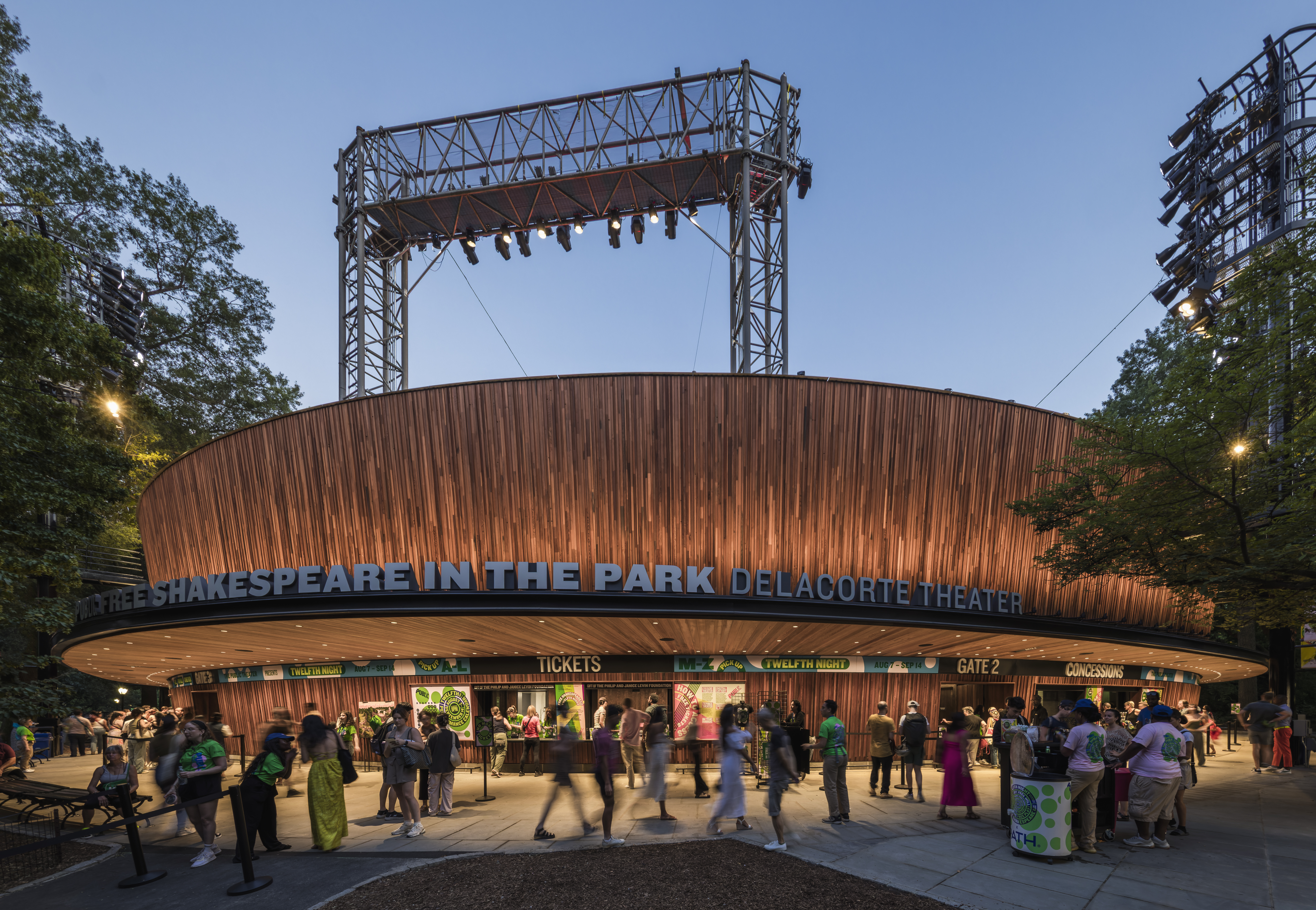 Central Park’s revitalised Delacorte Theater gears up for a new future
Central Park’s revitalised Delacorte Theater gears up for a new futureEnnead Architects helmed an ambitious renovation process that has given the New York City cultural landmark a vibrant and more accessible future
-
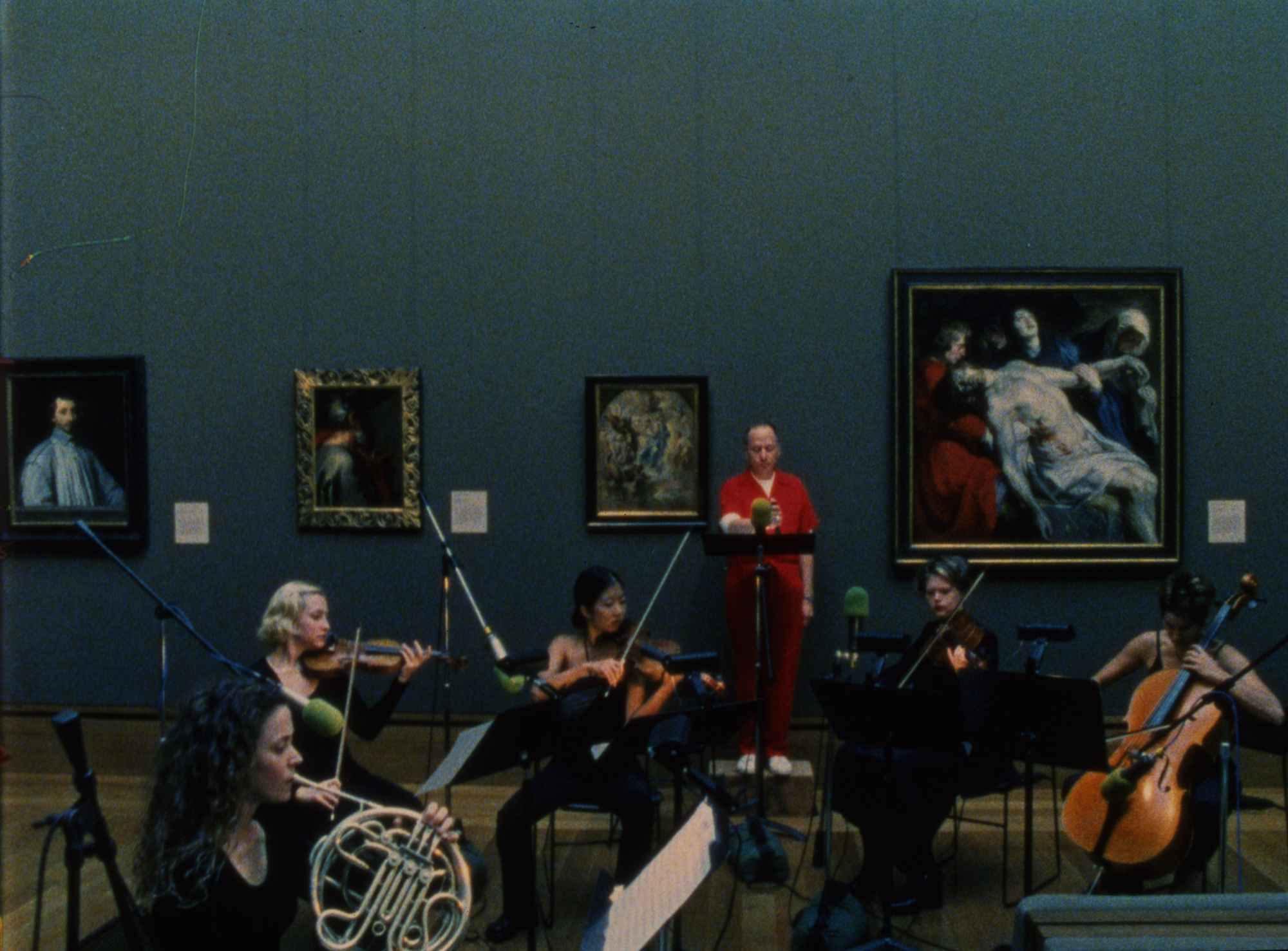 Stephen Prina borrows from pop, classical and modern music: now MoMA pays tribute to his performance work
Stephen Prina borrows from pop, classical and modern music: now MoMA pays tribute to his performance work‘Stephen Prina: A Lick and a Promise’ recalls the artist, musician, and composer’s performances, and is presented throughout MoMA. Prina tells us more
-
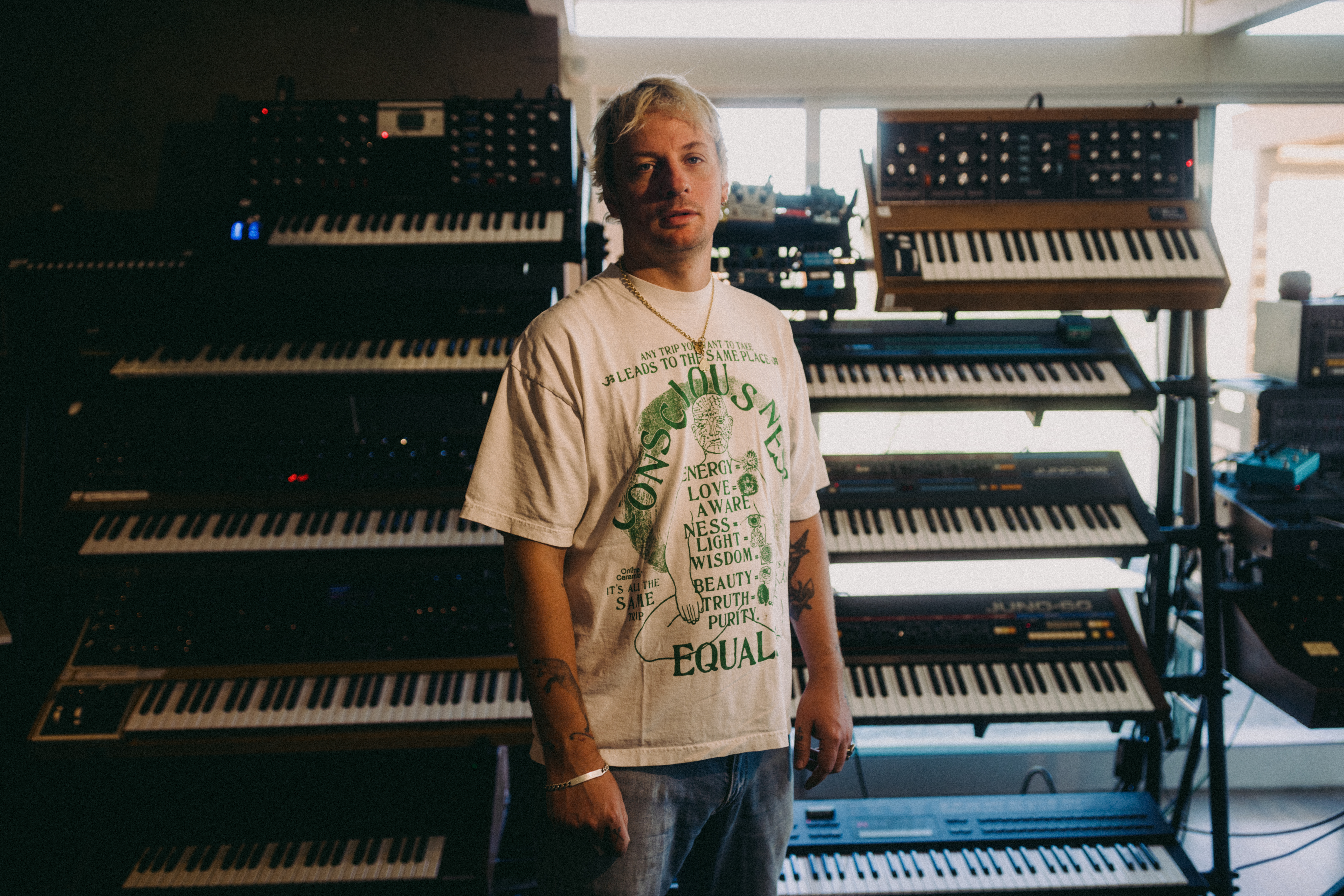 Curtains up, Kid Harpoon rethinks the sound of Broadway production ‘Art’
Curtains up, Kid Harpoon rethinks the sound of Broadway production ‘Art’He’s crafted hits with Harry Styles and Miley Cyrus; now songwriter and producer Kid Harpoon (aka Tom Hull) tells us about composing the music for the new, all-star Broadway revival of Yasmina Reza’s play ‘Art’
-
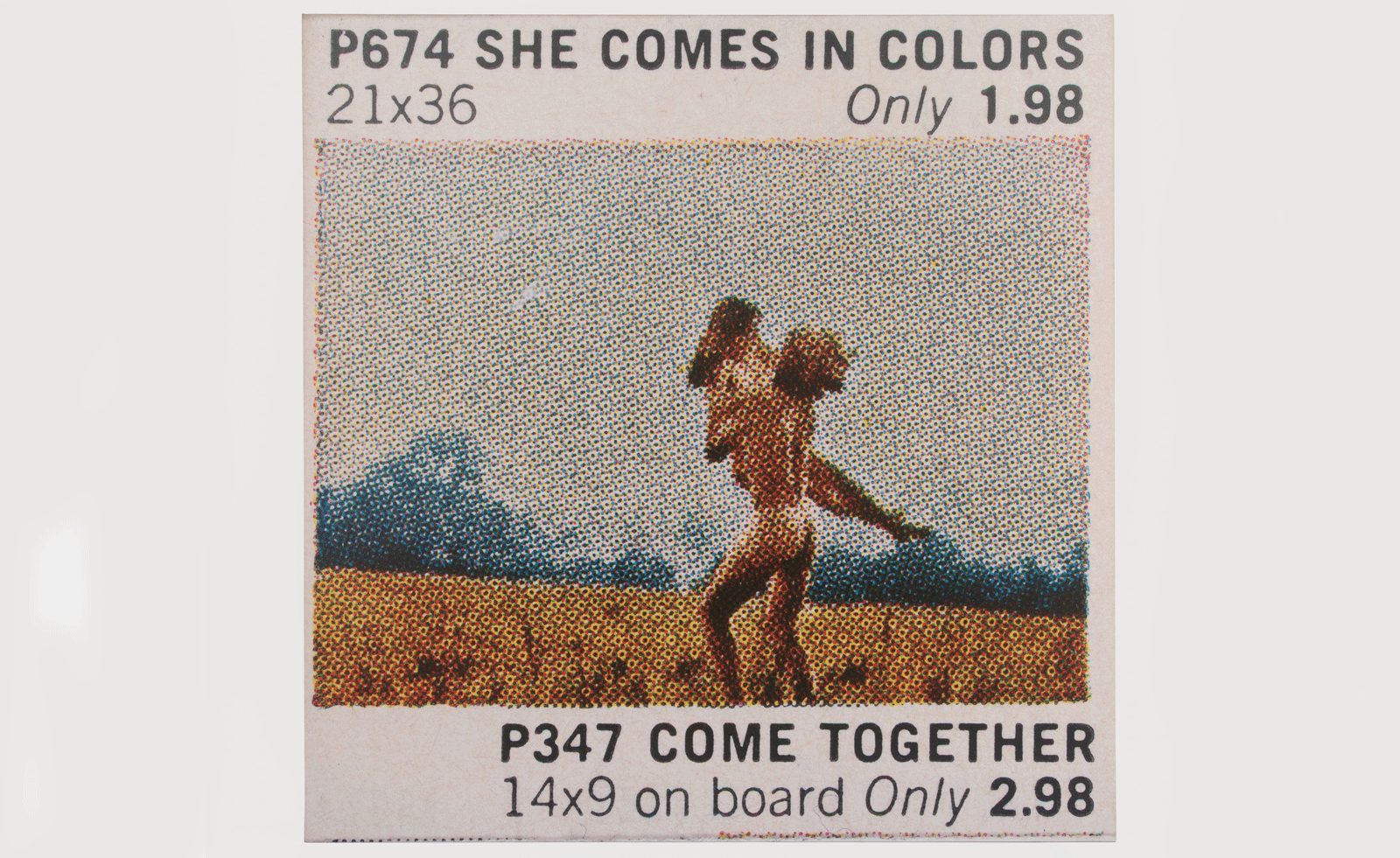 Richard Prince recontextualises archival advertisements in Texas
Richard Prince recontextualises archival advertisements in TexasThe artist unites his ‘Posters’ – based on ads for everything from cat pictures to nudes – at Hetzler, Marfa
-
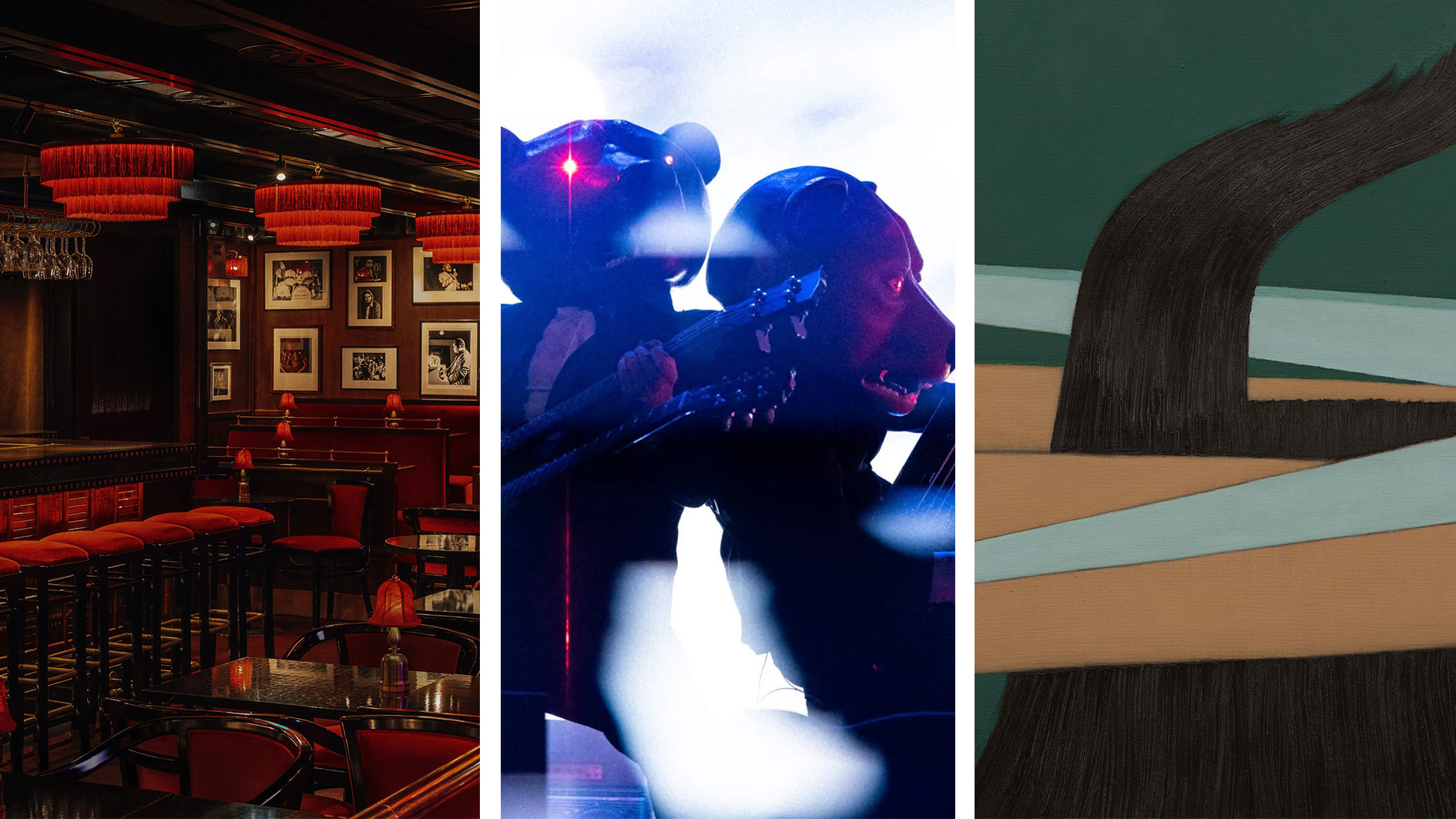 Out of office: the Wallpaper* editors’ picks of the week
Out of office: the Wallpaper* editors’ picks of the weekAnother week, another flurry of events, opening and excursions showcasing the best of culture and entertainment at home and abroad. Catch our editors at Scandi festivals, iconic jazz clubs, and running the length of Manhattan…